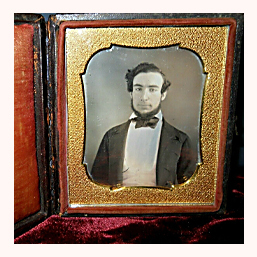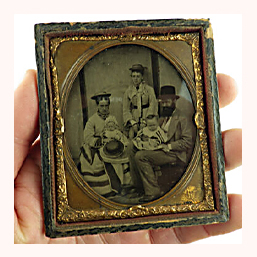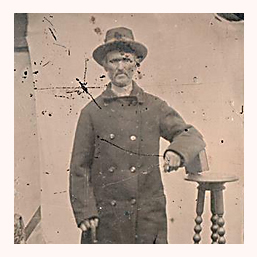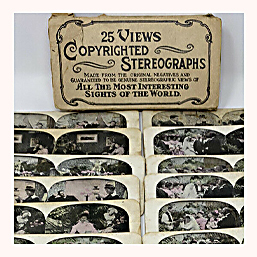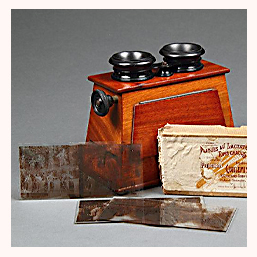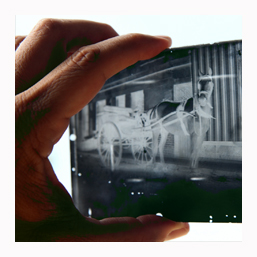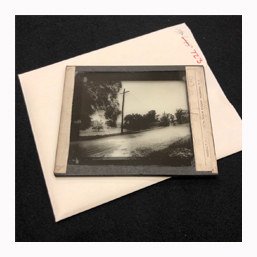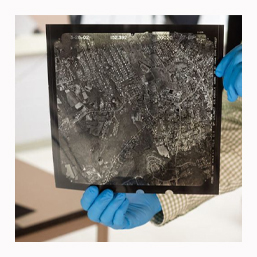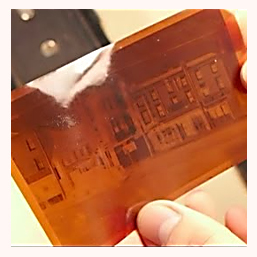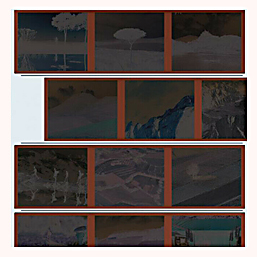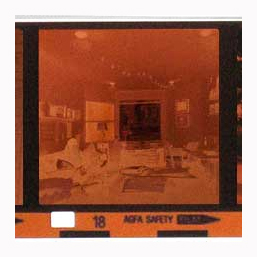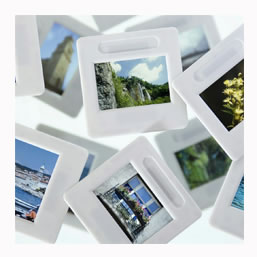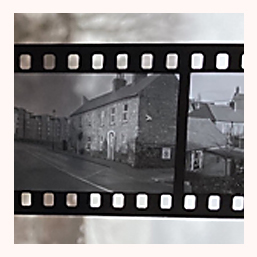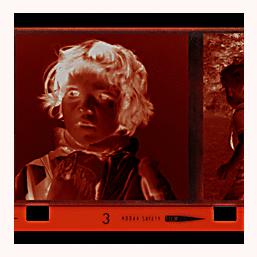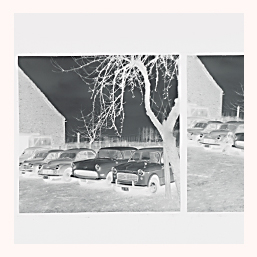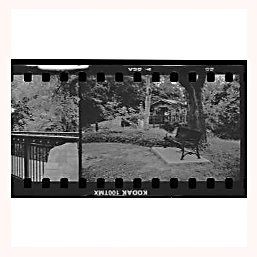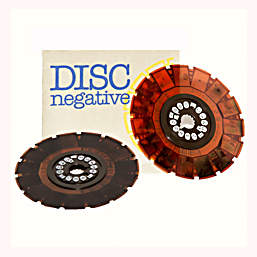Heritage Photographic Film Digitisation | Oxford UK
motion & cine film | audio | video | optical | photographic film | books | documents | Scan on Demand | FAQs
Working with leading universities, museums, archives and private individuals, our multi-award winning services are highly recommended for producing high quality digital images from Glass, Nitrate, Acetate and Polyester film types.
Preserving Our Heritage: The Importance of Heritage Scanning

Our Multi-Award Winning All Format Photographic Film Digitisation Services to Archival TIFF/RAW & JPEG Formats
| HQJPEG-10 | 4800dpi | Family use for viewing on mobile devices, computers and TVs. Included with iSRD, tone, sharpening and colour mangement. |
| Publication TIFF | 3200dpi | Publication use for HQTIFF but manageable file size. Combines iSRD (infrared dust and scrach removal), sharpening, histogram colour balance. |
| Archival TIFF/RAW | 4800dpi | National Archives Standard uncompressed archival digital files. |
Our professional archive department has been digitised and preserving photographic film for over 15 years.
Our Award winning company, offers leading experts in handling rare, fragile film material. Working with heritage archives and museums we support clients with nitrate and acetate film types which require more specialist care.
By digitising with our company, you will receive the benefits of imaging experts and a high-specification studio, helping preserve precious archives into digital content, ideal for preservation, viewing and access to online use.


